Before you start off with that stretching program that is “designed” to get rid of your sciatica pain without asking you a few questions, check out this article. If you don’t have time to read it, here is the summary:
The combination of both an individualized approach and CBT (cognitive behavioral therapy) were 84% more effective than conventional methods.
This is all well and good, but what is an individualized approach and what is CBT?
An individualized approached is classified as treating you as your own unique self in addition to your pain presentation. The old school way of thinking was, “oh, you have sciatica pain, so here are 10 exercises to help with sciatica pain”. This was a great way to think because it provided some sort of direction for self healing. However, as I’ve discussed in previous messages, your pain is unique to you. With that being said, your pain presentation may be similar to others, but it can behave very differently. As a result, when trying to go through a recovery program, each exercise should be targeted toward your relief. You can’t keep an exercise in your daily routine if it does not bring you relief or make you feel better.
This is the greatest limitation in a library of exercises, or a pdf of exercises. You have the knowledge and tools, but aren’t quite sure how to use them, or if they even need to be used.
An individualized program, either done with a clinician or yourself, should be completed in a step wise fashion. Providing you the best guidance on what to do and what not to do.
As you are starting to experience relief, it is time to get back into living your life. That is where CBT comes in. This type of “talk therapy” is designed to help reduce the fears, anxiety, and negative memories associated with movement and activity. Something as simple as reframing your mind into saying that you will be able to do “this” activity one day, is already reducing the fear and anxiety. Fear itself has a huge role in pain management, and if we are consistently in fear, our alarm systems will consistently go off. This will make recovery difficult and even more painful.
So how can you implement both into your practice? There are many awesome meditation apps that can help with reducing fear and anxiety. If you don’t want to download another app, something simple as “I can do this”, can help. You can also reevaluate all of your current stretches, and ask yourself this question “is this helping me?”. If it is, then keep it, and if not, you have permission to get rid of it, for now.
You can also fast track this by working with a professional. Your local physical therapist, chiropractor, acupuncturist, massage therapist, personal trainer, movement coach, etc. and have them work with you in person. There is something to being in the presence of another human.
You can also work with us virtually. We’ll work with you directly with the end goal of getting you better. Our program also checks in with you on a regular basis so that we can problem solve between sessions. Interested in learning how to work with us in person? Book a free strategy call here.
If you want to still work with us but don’t have the time to meet, check out our Sciatica Protocol.

